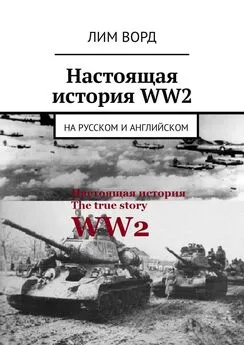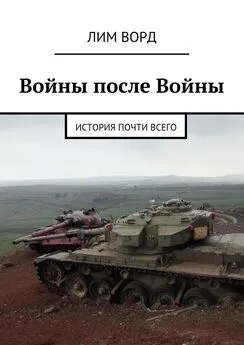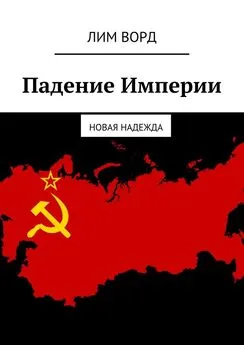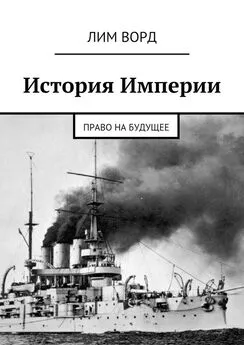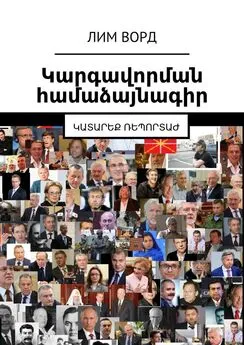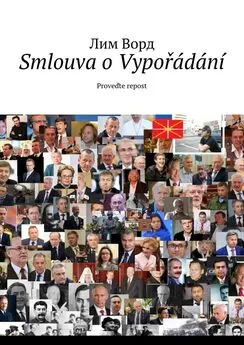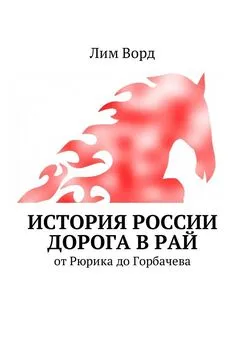Лим Ворд - Настоящая история WW2. На русском и английском
- Название:Настоящая история WW2. На русском и английском
- Автор:
- Жанр:
- Издательство:неизвестно
- Год:неизвестен
- ISBN:9785449312167
- Рейтинг:
- Избранное:Добавить в избранное
-
Отзывы:
-
Ваша оценка:
Лим Ворд - Настоящая история WW2. На русском и английском краткое содержание
Настоящая история WW2. На русском и английском - читать онлайн бесплатно ознакомительный отрывок
Интервал:
Закладка:
Such a policy of the NSDAP ceases to please even some of its influential functionaries. In the end, a very weighty message of ferment in the minds reaches Hitler’s ears by Hannah Reich, the personal pilot of the Fuhrer. By August 1941, the T-4 program in Germany is partially curtailed, its main structures, trained medical personnel, mobile gas chambers are moving to the East. Here, killing people is done by the introduction of barbiturates, more often by an elementary «lowering» of the diet to zero. In total, on the territory of the Soviet Union (including the Baltic States), as well as in Poland, German doctors kill a million «Ostarbeiters», and an unknown number of German soldiers with severe injuries…
…In 1934, 97% of Germany’s debts to Great Britain and the United States (total 23.3 billion marks) are written off. This act is prompted by a similar decision and other countries in Europe. Switzerland agrees to sell Reich gold for the Reichsmark; later she does not disdain to accept hundreds of kilograms of gold crowns from the concentration camps.
The Civil War in Spain
After the fall of 1931, the monarchy, the new Republican government of Spain abolished aristocratic titles, greatly reduced the armed forces, and selected surplus land from the landlords (over 200 hectares). Already not popular with the majority of the population, an overly politicized and biased church, is separated from the state.
All these reforms are carried out inadequately and cause strong opposition from a significant part of society. The rebellion begins on July 17, 1936 in Spanish Morocco. July 18, he throws himself in, in fact, Spain. On the side of the putschists – 80% of the highest officers, mostly ground forces. Since July 27, the rebels are beginning to receive military and technical assistance from Germany and Spain – the bombers SM-81, Yu-52, the CV3 / 33 tanket, as well as numerous volunteers. Only on October 16 the Republicans announce the establishment of their own, regular People’s Army, which includes Soviet military specialists and international brigades of anti-fascists. In mid-October, the first shipment of I-15 fighters, ANT-40 bombers and (300) T-26 tanks (with Soviet crews) arrives in Spain. Part of the military cargo goes by sea, at risk of being captured or destroyed (at the bottom there are three ships), part – by railroad through France. On the streets bombed by the Legion of the Air Force «Condor» in Madrid, two weeks are fierce battles, after the rebel-francists retreat. However, the government of Franco is recognized by Germany, Italy, Portugal, a number of Latin American states. In February 1937, there was a second battle for Madrid. The Francoists (Spaniards and Italians) are on the approaches to the capital, they are stopped by scattered parts of the Republicans and the Soviet armored brigade T-26 of General Dmitry (Pablo) Pavlov.
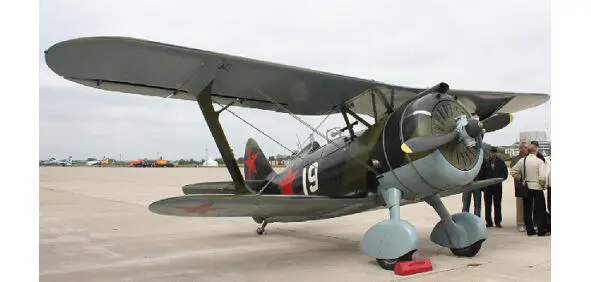
1. I-15
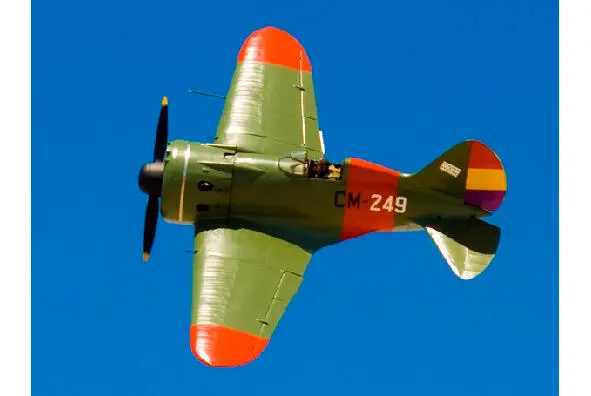
2. I-16
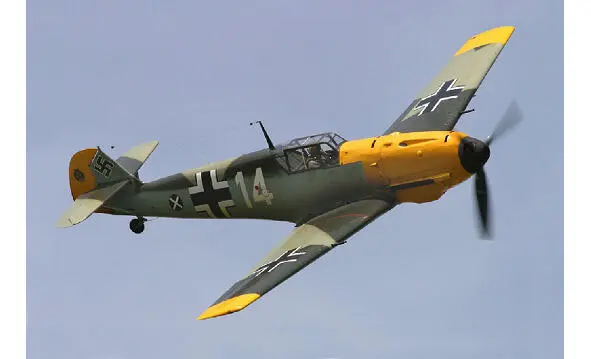
3. Bf. (Me) – 109, Series B (Bruno)
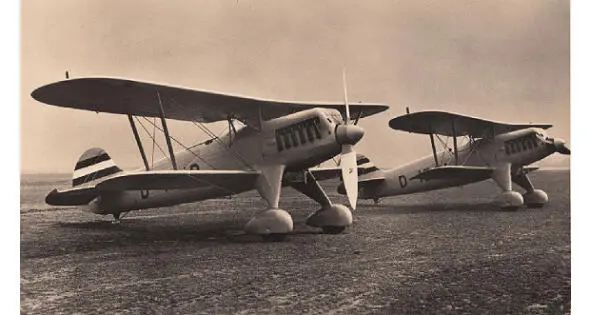
4. Heinkel 51
1. I-15 (Chato – «Pug-nosed»), a half-plane (the lower wing has a much smaller area) Polikarpova, four 7, 62 mm. machine gun, the speed of 370 km. h, the flight range is 750 km. On its basis, I-153 was created, a deep modernization of the I-15, «Seagull. Introduced retractable landing gear, appeared armored bump, the steel forms are more streamlined. Armament: four 7.62 mm. machine gun, 8 unguided missiles with 82 mm. shells, up to 200 kg. bombs. The speed is 410—430 km. h. The range of flight is 740 km. Put into operation by 1939 (after the war in Spain), quite successfully participated in the conflict at Halkin Gol. In the Finnish war proved to be mediocre. In the hot summer of 1941 it became finally clear that the development of the idea of biplanes, in addition to the short fuselage, of the wobbling «fatties» – Polikarpov’s big mistake. From 1939 to 1941, 3,427 aircraft were produced.
2. I-16 (nickname in the USSR – Ishak, Yastrebok, Spanish army, Franco – Rata – agile rapacious «Rat», Republicans «Mosca» – «Fly», in China – «Yanzi» – «The Swallow»). The first fighter is a low-grade aircraft in the USSR. Armament – four 7.62 mm. the ShKAS machine gun (the Shpitalniy and Komaritsky system, for the first time in the world, the rate of fire is 1,800 rounds per minute) or two 20 mm. guns and two 7.62 mm. machine gun. The speed at altitude is 450 km. h. The range of flight is 520 km. This is the maximum performance of an airplane with a single-row, star-shaped engine. The lantern of the cockpit can be closed completely, however, due to frequent seizures, the pilots keep it open (as can be seen in almost all the photographs). By 1942 inclusive (83 aircraft in the last year) produced 10 300 copies (not counting a few dozen, manufactured in Spain and China). Together with the «Seagull» brutal I-16 was the backbone of Soviet fighter aviation to the beginning of the Great Patriotic War. Led by an experienced pilot, he was not an easy prey, he tried to avoid maneuvering with him the aces of the Luftwaffe, saying that, they say; «You should not drive a rat into a corner.» However, the time I-16 passed.
3. Bf. (Me) – 109, Series B (Bruno), a fighter, was supplied to the Francoists in the second half of the Civil War. At that time had three 7.92 mm. machine gun. By the beginning of the Second World War Me-109 got four machine guns, or, in the other series, two machine guns plus 30 mm. a cannon with 60 shells. As an attack aircraft, he carried one 250 kg. the bomb. Speed – before modernization, during the war in Spain only 470 km. h, but by 1939, after replacing the engine (which became an unpleasant surprise, primarily for the British Air Force) – 570 km. h. In the mid-forties, its speed reached 620 km. h. The range of the flight is 480 km. In total, from 1937 to 1945, 34,000 Messerschmitts were produced.
4. Heinkel 51, the fighter of the Frankish first half of the war. Virtually had no chance against I-15. Armament – two machine guns 7,92 mm., Speed 310 km. h, flight range 550 km.
The rebels are changing the direction of the main attack and are crashing to the north of Spain – the Basque Country. April 26 German pilots destroy the city of Guernica. Strengthens his dictatorship Franco – his party «Spanish Phalanx» gets rid of internal opposition. At this time, the official Spanish government, which wants to achieve stability, completely purposely replaces a number of ministers. A single strong leader does not appear. The Republican army exhausts forces in fruitless frontal attacks of insignificant objects.
Organized according to the Stalinist patterns of the security service of the Republic, is being dealt with by prominent figures of the Marxist Party of Spain (Spanish POUM), is developing mass blind terror. Many Spanish Communists, as well as arrivals from all over the world interbrigadovtsy begin to get disappointed in their work, their morale is rapidly falling. The last successes Republicans achieve at the beginning of the offensive at the city of Brunet; (just west of the center of Spain), then they become entangled in contradictory orders, lose 25 thousand people against 10 thousand from the enemy, and together with them the original unity. On August 18, the republican units leave the front. 60,000 people are captured.
Italian submarines arrange a hunt for ships that supply goods still fighting in other theaters of military operations, Republicans. In early September, there is a sea battle; The Frankish flagship gets seriously damaged and departs from the convoy. Encouraged by this, insignificant in essence, success, the Republicans decide to hold a decisive offensive on land (Zaragoza, northeast of Spain). And again, their 80,000-strong group drains itself in unsuccessful attacks of secondary settlements, and then produces personnel personnel permutations that are also unnecessary to anyone. In early October, a new attempt is made to take Zaragoza. The main hope now is for 50 Soviet high-speed BT-5 tanks. Nationalists open floodgates of irrigation canals. Tanks bypass the appeared lakes, get bogged down in the mud, or far away from the accompanying infantry. The battle ends on October 17. Republicans lose 30,000 people killed and wounded, more than 30 tanks, francists – 20,000 people.

1. BT-5
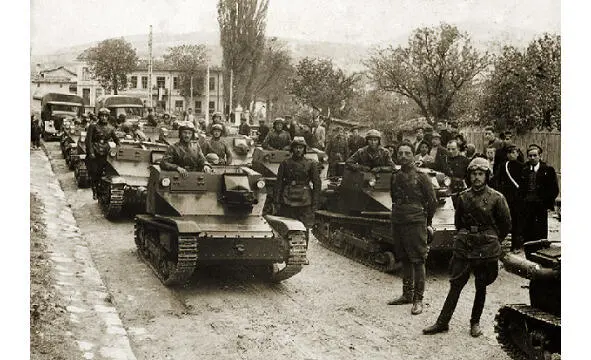
2. Waddress CV3 / 33 (Carro veloce CV-33 «Ansaldo»)
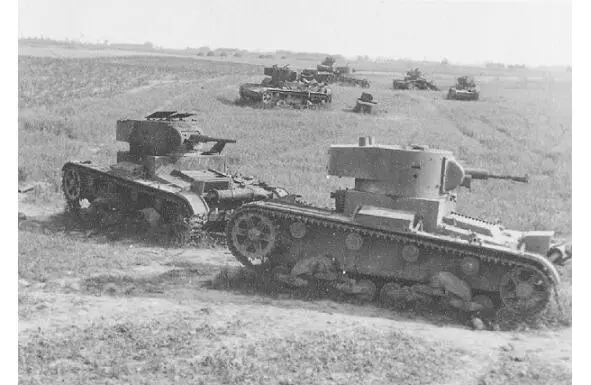
3. T-26
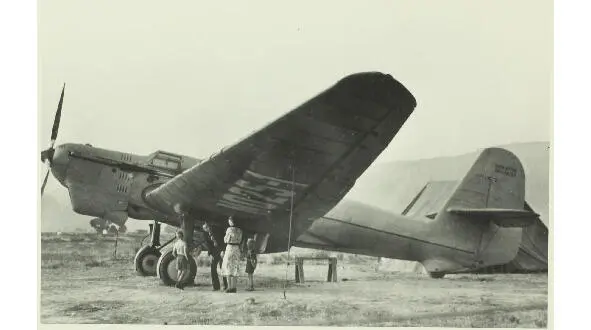
4. ANT-25
1. Wheel-caterpillar BT-5. Armament: 45 mm. gun, 115 shells, paired with a cannon 7.62 machine gun. Booking: the forehead, the side of the body 13 mm., The forehead, the side of the tower 13 mm. The speed along the highway is 52 km. h on caterpillars, 72 km. h on wheels. Crew of 3 people. Weight 11 tons. Power reserve on the highway on tracks 150 km, wheels – 200 km.; while the rubber rim wears out after 150 km. mileage. The specific power is 35 hp. (higher than that of modern tanks). Ground pressure 0, 65 kg. see with clad caterpillars, 5.65 kg. see on wheels. The number of vehicles produced from 1933 to 1934 – 1880. Most of the tanks lost in the first months of the war. Since 1942, the machines have basically been transferred to the rear, as training, a certain number of BT-5 has survived until 1945, participating, among other things, in defeating the Kwantung Army.
2. Waddress CV3 / 33 (Carro veloce CV-33), otherwise, by the name of the company – «Ansaldo». Armament: two 6.5 mm. machine gun. Booking: the forehead of the case is 15 mm., The board is 9 mm, the forehead of the felling is 15 mm, the board is felling 9 mm. Crew 2 people. Weight 3,5 tons. The speed along the highway is 42 km. h. The power reserve is 150 km. Specific power 12 hp There are 1400 copies produced.
3. T-26. Photo of the consequences of the late (1941) tank battle for Dubno-Lutsk-Brody. The first serial classic Soviet tank, which took part in many battles, was put into operation after many problems with non-working engines and assembly of hulls (including unarmored steel). Difficulties were removed after manufacturers were allowed to introduce changes into the original scheme related to the peculiarity of domestic technology, changes. Armament: the first series – 37-mm gun, 7, 62 mm. a machine gun in two towers, then, in a single-tower version of 45 mm. gun, two 7, 62 machine guns. Booking bulletproof: the forehead, the side of the body 15 mm., The forehead, the side of the tower 15 mm. The crew is three people. Weight 8 tons. Speed along the highway is 30 km. h, the power reserve is 120 km. I received the approving comments of the veterans of the Great Patriotic War – «for our time a good tank, without it we would have to be very difficult.» Prototype – English (two towers) six-ton «Vickers». Despite some difference in the reservation, he could hit his opponent, the German T-3 is almost as confident as he is his. But, the practical training of a Soviet tankman on a tank-boat is 6.5 hours (sometimes 300 meters, straight, and back to the hangar), German – 50—120 hours (practically, the armored car resource is burnt).
Читать дальшеИнтервал:
Закладка:
